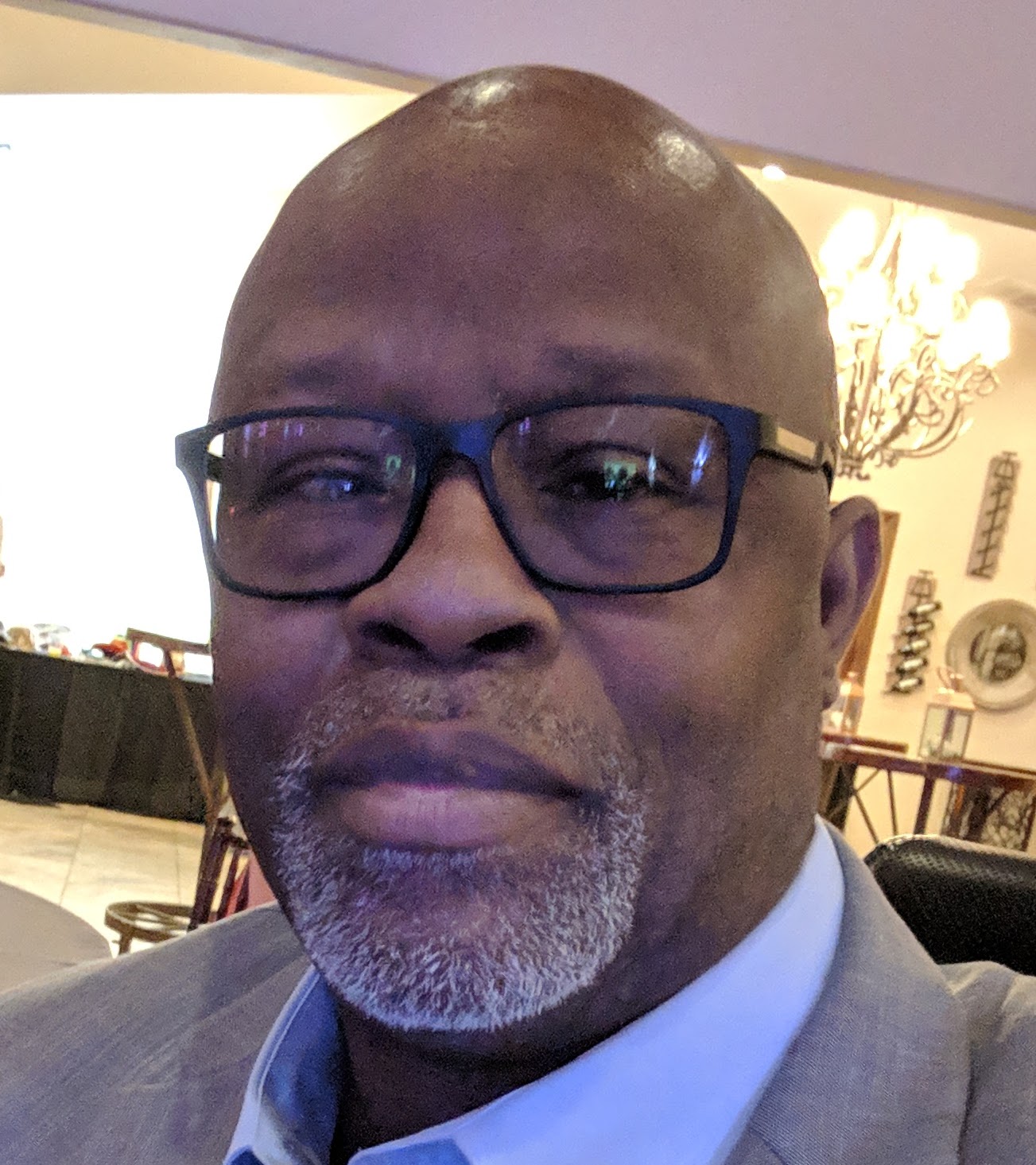As health researchers, we’re always looking for fresh approaches to ensure our work is relevant and useful to patients and their health care providers. One way we’ve tried to increase the relevance of our health-related research is by engaging with patients and communities as partners. A growing body of evidence shows that patients’ engagement can improve the feasibility, acceptability, and quality of research. The six of us are involved in several initiatives at Mathematica that engaged patients to improve our research. In the blog below, we highlight how patients and community members provided valuable advice about conducting a more comprehensive search of effective interventions that address trauma among youth, how they helped develop health care quality measures, and how they helped implement a psychiatric crisis respite intervention. The following insights borrow from a presentation we prepared for the 2020 International Conference on Patient- and Family-Centered Care.
Community-based participatory research to identify interventions that address trauma in American Indian/Alaska Native youth
Community-based participatory research is an approach to research that collaboratively engages the community affected by the issue being studied. The issue we were studying was the high levels of trauma among American Indian/Alaska Native youth. We had been tasked with conducting a literature review, hoping to identify evidence-based practices for addressing trauma in American Indian/Alaska Native youth.
Early on, we consulted two Native scholars for their input on our research questions and search strategy. Through those conversations, we learned that some community-driven practices that are currently in place have not been systematically studied, and the Native scholars advised us to broaden our scope to ensure that we included community-driven interventions that we identified in academic and gray literature that might not yet have an evidence base. Put another way, they advised us to shift our understanding of what counts as evidence to include programs grounded in longstanding Native healing practices, such as talking circles, use of Native healers, and equine therapy, and to include outcomes such as healing and achieving balance rather than just clinical outcomes.
As a result of their advice, our literature review included several common elements of established community-driven programs that we otherwise would have missed, including reconnecting youth to traditional Native teachings and providing youth with adult mentors from their communities.
Patient and Family Advisory Board to inform development of health care quality measures
In addition to improving patients’ health by tracking and improving upon the care they receive, clinical quality measures aim to help patients and their families make decisions about their care and where they get treatment. Patients and families bring their own priorities to the table—which might differ from those of clinicians—so they should play a central role in choosing what aspects of care are measured, how they are measured, and how the resulting information is communicated. To support our measure projects, Mathematica has a standing Patient and Family Advisory Board (PFAB). PFAB members are eager to offer their unique perspective, and they appreciate seeing how measures change over time as a result of their input.
A recurring theme in Mathematica’s PFAB discussions is the importance of ensuring that clinicians are accountable for understanding their patients’ needs, concerns, and preferences. For example, one project sought to develop a measure for opioid overuse to reduce addiction and overdose. The PFAB discussion focused on the need to make sure that efforts to reduce overuse didn’t result in undertreatment of chronic pain—that is, to find the right balance between opioid risks and benefits. Donald Young, one of the authors of this blog and a patient serving on the PFAB, provided an illustration of this tension between risks and benefits this way.
Two or three decades ago, when I visited my doctor, an [emergency room], or had a surgical procedure done, …opioids were given out prodigiously. A minor procedure equated to a month's dosage of opioids. Now it seems that we have gone in the absolute opposite direction. …Two years ago, I broke my ring finger on my left hand in two separate places…. When I went to the emergency room, …I was provided with Tylenol when I left, even after telling the doctor how much pain I was in. Unfortunately, the Tylenol provided no relief at all. …I feel the doctors have gone to the absolute other end of the spectrum. …There needs to be a happy medium. …Providing pain relief, while at the same time avoiding addiction and overdoses.
Human-centered design to engage patients in co-creation of a health care quality measure
Human-centered design is an evidence-based method for developing solutions that meet the real needs of stakeholders. When it comes to health care, the patient is the central stakeholder. As one example, we used human-centered design with patients to develop a health care quality measure to improve pain management.
No one understands a problem better than the person experiencing it. So, the first step when employing human-centered design with patients is to understand them deeply—not just their wants, but also their unmet and unarticulated needs. One technique for doing this is empathy interviews, which are open-ended interviews that invite patients to tell their stories in their own way. We conducted empathy interviews with chronic pain patients and acute, post-surgical pain patients to understand what matters most to them in their pain journeys.
The second step is to engage patients in co-creating potential solutions. We held participatory design workshops that included three activities designed to inform potential pain measure concepts. Patients wrote and shared love or breakup letters to some part of the health care system, then we made priority maps of pain patients’ wants and needs using data from the empathy interviews, and finally we created a vision board collage to generate more concrete ideas about what matters most to patients during their pain journeys.
The third and final step is to test and refine the potential solutions generated from the data gathered in the second step. We took the most promising potential pain concepts developed in the second step and converted them into draft health care quality measures. Using the draft measures, we then created physician rating mock-ups similar to those you might see on a website to help a patient choose a physician and tested the mock-ups with patients.
The human-centered design process resulted in a set of potential measure concepts covering several areas. Based on several criteria, including patients’ priorities and clinical research evidence, we identified use of alternative, non-opioid pain management therapies as the most promising area to pursue for the pain measure.
A psychiatric crisis respite program run by and for people with mental illness
We evaluated a peer-run psychiatric crisis respite program. Peer specialists provided psychiatric crisis respite support to people experiencing a psychiatric crisis that would otherwise lead to hospitalization. Peer specialists were trained in models of care that emphasized engaging patients in treatment decision making. Our evaluation found that peer-staffed crisis respite services reduced hospitalizations and health costs.
Peer specialists found their roles deeply rewarding, but they also expressed some concerns. They sensed that clinicians did not always respect their opinions. Although relationships between peers and clinicians improved over time, the issue was never completely resolved. Many peer specialists described the job as mentally and emotionally taxing, particularly when supporting those experiencing trauma that the peer specialists might have experienced themselves. Nevertheless, they appreciated that they could directly observe the effects of their services on participants. They also benefited from the support they provided one another, explaining how they came to rely on each other, especially in tough or stressful situations or at times when they experienced personal challenges.
People receiving services reported that they valued the accessibility and flexibility of the program and the lack of hierarchy within the team. Several participants contrasted this with the experience of an inpatient hospital, which they saw as more impersonal. Participants appreciated the genuine concern that peer specialists seemed to have for their needs, saying they believed their peers cared deeply about their physical and emotional well-being. Participants also cited the ability of peers to empathize. They viewed peers as accessible and nonjudgmental, emphasizing the importance of being able to relate to them on a personal level. Finally, participants cited the support peers provided in helping them understand and cope with their diagnoses, decide on treatment, and access needed services and supports.
Pros of patient and community engagement in research greatly outweighed the cons
Our experiences with these and other initiatives engaging patients and communities as partners in health-related research show that this sort of engagement can be challenging for researchers and patients, and communities. But our experiences also show how engaging patients and community members makes our research better, ensuring that we address issues relevant to the people being treated. For researchers like us, engaging with patients and communities provides a richer understanding of how our work informs policies and programs that ultimately affect the quality of care patients receive and their ability to manage their own recovery. Moreover, patients and communities participating in these sorts of initiatives tell us that they find their engagement to be personally rewarding and essential for steering research and services in the right direction. The feeling is mutual.







